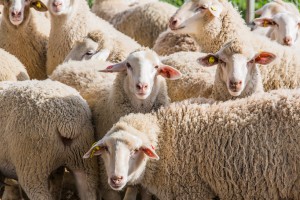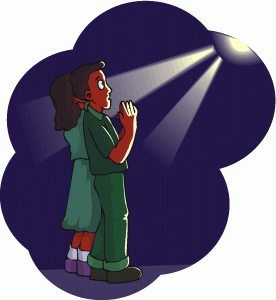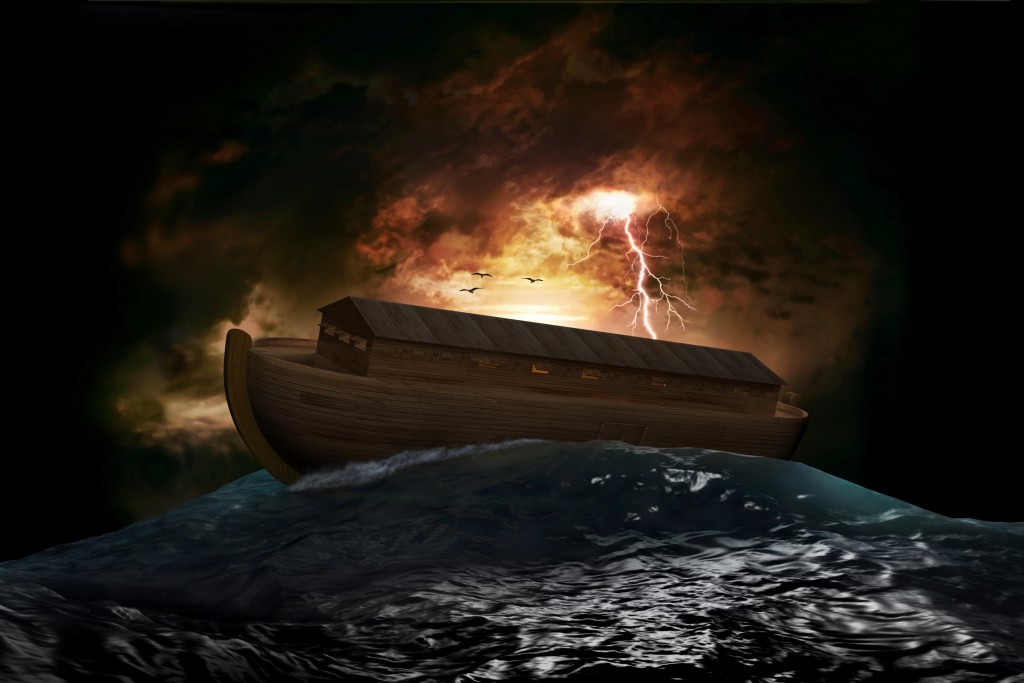A Wild and Crazy Place to Be
The spiritual Babylon of the church system is a warm and comfortable place in which to live. Within its comfort zones, it has fixed boundaries and clear delineations.
When one steps out of the mainstream church system, however, and into a more Hebraic and Torah-pursuant spiritual orientation, it can becomes the shooting gallery of the wild, wild west of doctrines and ideas. It’s a free-for-all wilderness of every man doing what’s right in his own eyes. In this wilderness outside of organized religion, one has to determine what beliefs to hold on to and which ones are lies and unbiblical traditions our spiritual fathers have passed on down to us. Here one must learn to separate the spiritual wheat from the chaff.
As one’s eyes are opened to the pro-Torah Hebrew roots of the Christian faith, there are many new ideas and doctrines to consider. When coming to a fuller knowledge of the truth, one must determine priorities without falling prey to more false doctrines and legalism. What biblical truths are the trunk of the tree issues, and which areas the twigs and the branches?
In the midst of this confusion, there are many winds of doctrines blowing Continue reading





